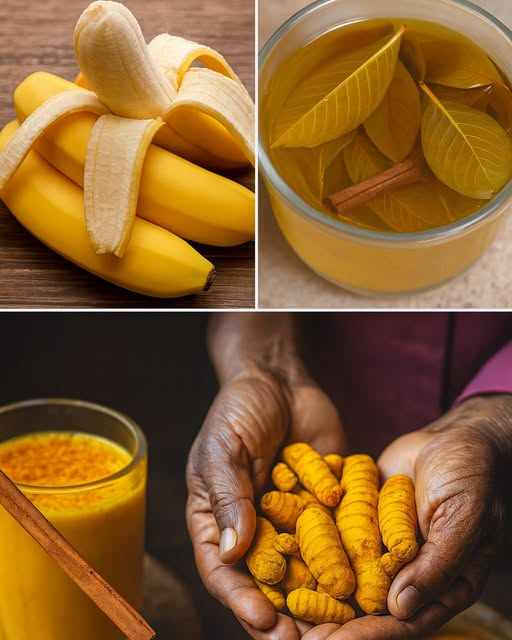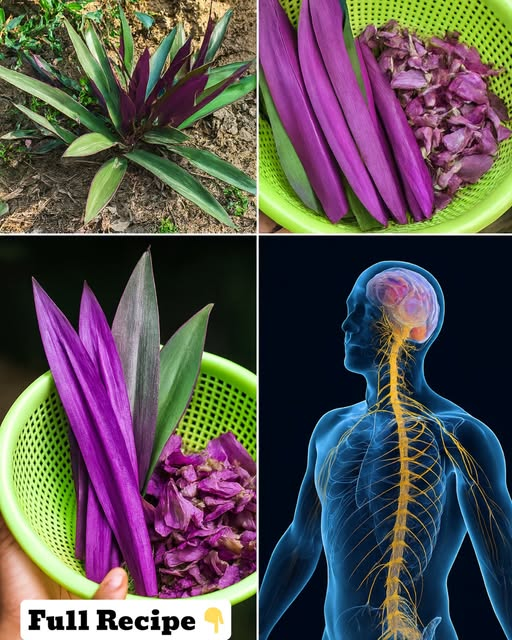Discover the Hidden Dangers of This Toxic Plant
Picture this: you’re strolling through a garden, and a stunning flower catches your eye—large, trumpet-shaped blooms in radiant white or purple, glowing under the evening sky. It’s Datura, a plant so captivating it seems almost magical. But here’s the chilling truth: just one leaf or seed could plunge you into a nightmare of hallucinations, seizures, or even death. Known as Devil’s Trumpet or Jimsonweed, Datura’s beauty hides a lethal secret that has harmed people and pets for centuries. In 2023 alone, poison control centers reported over 1,200 cases of Datura-related incidents in the U.S. This article uncovers the risks of Datura, why it’s so dangerous, and how to keep yourself, your family, and your pets safe. Ready to learn how to protect yourself from this deceptive plant? Let’s dive in.
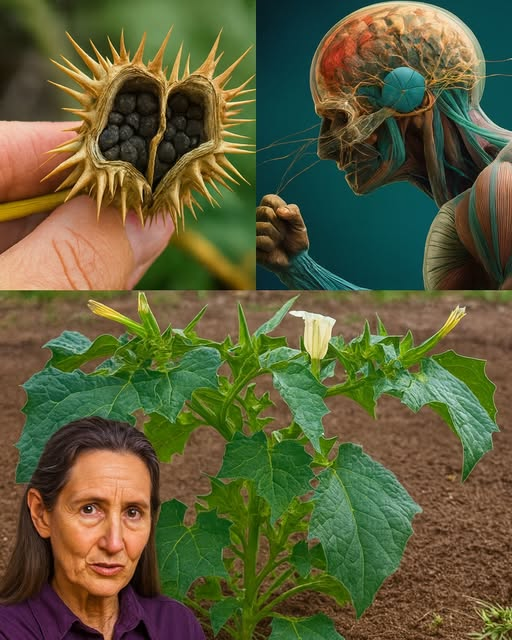
What Is Datura? A Plant with a Dark Side
Datura, part of the Solanaceae (nightshade) family, grows wild across the Americas, Asia, and Europe, thriving in disturbed soils like roadsides or abandoned lots. Its striking flowers and spiky seed pods make it a favorite ornamental plant, but every part—leaves, flowers, seeds, stems, and roots—contains tropane alkaloids, toxic compounds that can disrupt your body and mind. Historically, Datura has been used in rituals and traditional medicine, from Native American ceremonies to Ayurvedic treatments. Yet, its unpredictable toxicity makes it a dangerous gamble, whether encountered by accident or misused intentionally.
Why does Datura pose such a threat? Its alkaloids, including atropine, scopolamine, and hyoscyamine, interfere with your nervous system, causing severe symptoms that can escalate quickly. Let’s explore the common Datura species and their unique risks.
Common Datura Species and Their Risks
Datura comes in several varieties, each as hazardous as it is beautiful. Here’s a breakdown of the most common types you might encounter:
| Species | Common Names | Key Features | Dangers |
|---|---|---|---|
| Datura stramonium | Jimsonweed, Thorn Apple | White or purple flowers, spiky seed pods | High alkaloid content; causes delirium, seizures, coma |
| Datura metel | Horn of Plenty | White, yellow, or purple flowers | Used in traditional medicine but risks fatal overdose |
| Datura inoxia | Moonflower | Fragrant white flowers that bloom at night | Often mistaken for edible plants, leading to poisoning |
| Datura ferox | Long-spined Thorn Apple | Long, spiny seed pods | Extremely high alkaloid levels, highly lethal |
Each species is a ticking time bomb, with no safe dose due to varying toxin levels influenced by soil, climate, or plant age. For example, Datura stramonium seeds contain about 0.1 mg of atropine each, meaning just 50 seeds could be fatal for an adult.
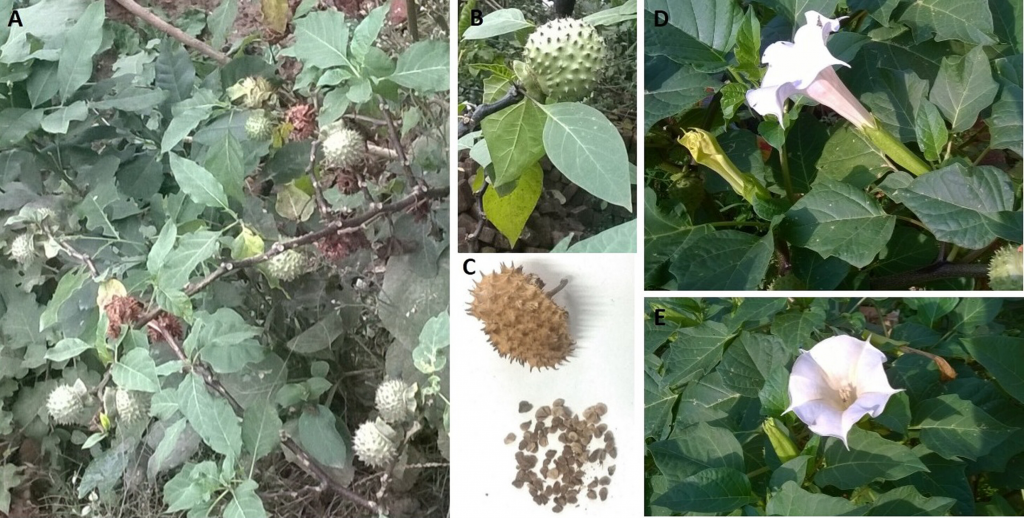
Why Datura Is a Silent Killer
Datura’s danger stems from its tropane alkaloids, which block acetylcholine, a neurotransmitter critical for brain and body function. This triggers anticholinergic syndrome, a life-threatening condition with symptoms that can appear within 30 minutes and persist for days. The unpredictability of toxin levels—varying by plant, season, or even a single leaf—makes Datura especially risky.
Lethal in Tiny Amounts
A single leaf or a handful of seeds can cause severe poisoning. For children or pets, even less is dangerous due to their smaller body weight. In 2022, a California child was hospitalized after tasting a Datura flower, suffering hallucinations and a racing heart for 48 hours.
Unpredictable Effects
Toxin levels in Datura can vary by up to 40 times depending on growing conditions. A plant in a dry climate might seem “safer” but still cause harm. This unpredictability makes recreational use or accidental exposure a roll of the dice with deadly stakes.
Deadly for Pets and Livestock
Dogs, cats, and livestock are drawn to Datura’s flowers or pods, often with tragic results. A 2021 case in Texas saw a dog die after chewing Datura leaves, experiencing seizures and respiratory failure within hours.
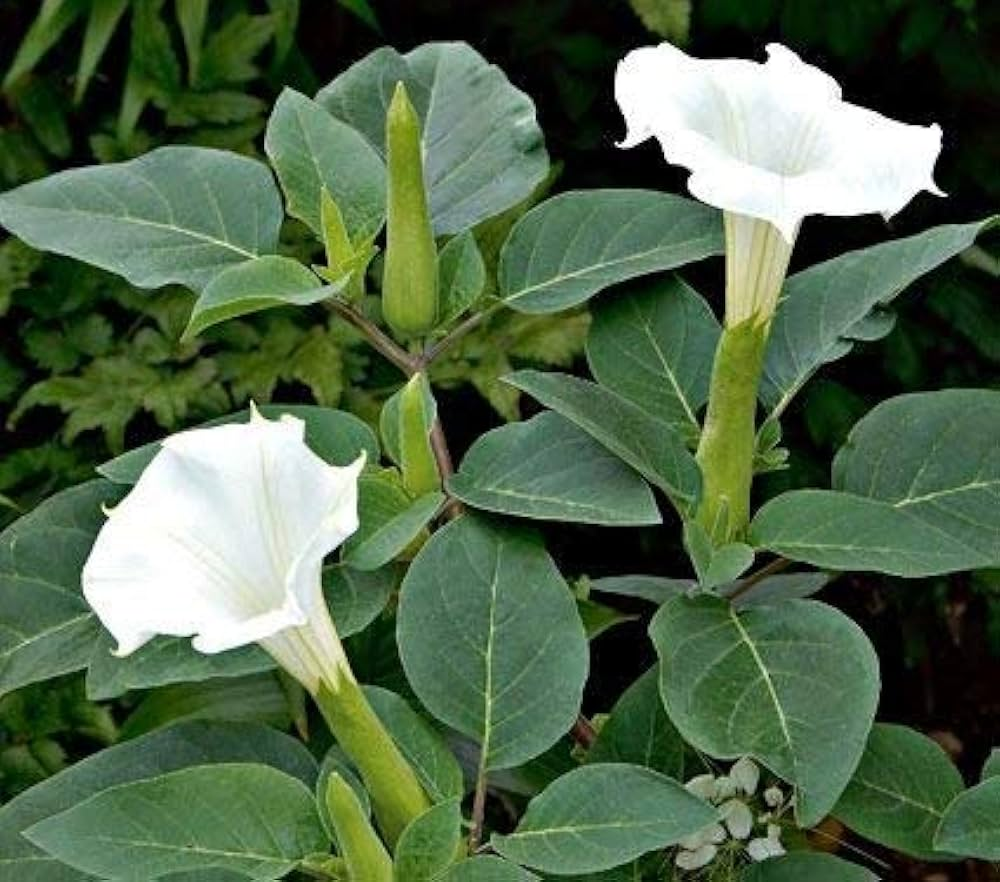
Recognizing Datura Poisoning Symptoms
Datura poisoning, or anticholinergic toxidrome, is a medical emergency. Symptoms can escalate rapidly, and the mnemonic “Blind as a bat, mad as a hatter, red as a beet, hot as a hare, dry as a bone” captures its effects vividly. Here’s what to look for:
- Hallucinations and Delirium: Vivid, often terrifying visions and confusion, leading to erratic behavior.
- Dilated Pupils: Blurred vision and light sensitivity, sometimes lasting days.
- Dry Mouth and Throat: Severe dryness, making swallowing difficult or impossible.
- Rapid Heart Rate: Tachycardia and high blood pressure, risking heart complications.
- Fever and Flushed Skin: Hyperthermia and red, hot skin from impaired sweating.
- Seizures or Coma: In severe cases, convulsions or unconsciousness, potentially fatal.
- Urinary Retention: Inability to urinate, requiring urgent care.
In a 2020 incident in India, a teenager ingested Datura seeds seeking a “high” and suffered hallucinations and seizures, requiring intensive care for three days. Prompt recognition of symptoms can save lives.
How to Stay Safe Around Datura
Protecting yourself from Datura requires vigilance and caution. Here are practical steps to avoid its dangers:
Never Touch Without Protection
Datura’s toxins can penetrate skin or mucous membranes, especially through cuts or sensitive areas. In rare cases, sap in the eyes has caused severe pupil dilation, known as “gardener’s eye.” Always wear gloves and long sleeves when handling or removing the plant.
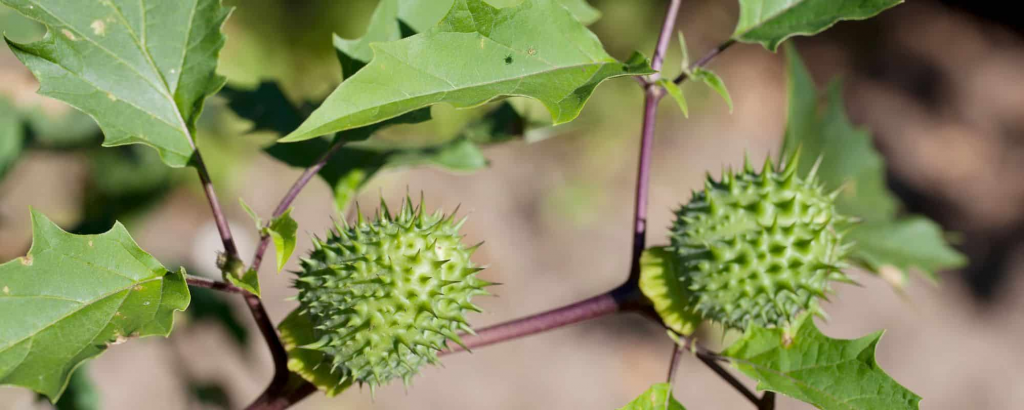
Keep Kids and Pets Away
Datura’s colorful flowers and spiky pods attract curious children and animals. Ensure your yard is free of Datura, and teach kids to avoid unknown plants. In 2019, a Florida toddler was poisoned after touching Datura in a park, highlighting the need for awareness.
Remove Datura Safely
If Datura grows on your property, dig it up carefully while wearing protective gear. Dispose of it in sealed bags to prevent accidental exposure. Never burn Datura, as inhaling its smoke can cause toxicity.
Educate Your Community
Misidentification is a common cause of poisoning, such as mistaking Datura seeds for edible spices. Share knowledge about its appearance and risks, especially in areas where it grows wild.
Act Fast in an Emergency
If you suspect Datura poisoning, call emergency services immediately. Treatments like activated charcoal or physostigmine can be lifesaving, but only medical professionals should administer them. Never try home remedies.
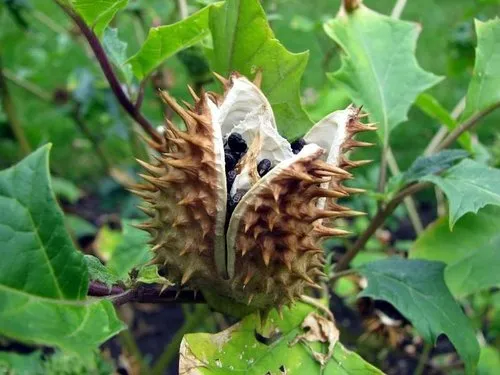
Datura’s Historical and Cultural Significance
Despite its dangers, Datura has a storied past. Known as a “witches’ weed,” it was used in medieval Europe for potions and ointments, often with disastrous results. In India, Datura metel is sacred to Shiva and used in rituals, while Native American tribes employed it for spiritual visions. These practices required expert knowledge to avoid harm, unlike modern recreational misuse, which often ends in hospitalization.
A 2018 case in Uganda saw over 200 people poisoned when Datura contaminated relief food, underscoring its ability to cause harm even in everyday settings. Understanding its cultural role highlights the need for caution today.
Common Questions About Datura
Can Datura be used safely in medicine? While Datura has been used in traditional practices like Ayurveda, its unpredictable toxicity makes it unsafe without expert supervision. Modern medicine avoids it due to safer alternatives. How can I identify Datura in my garden? Look for large, trumpet-shaped flowers (white, purple, or yellow) and spiky, apple-like seed pods. Leaves are broad and slightly serrated, often with a strong odor when crushed. What should I do if my pet eats Datura? Contact a veterinarian immediately. Bring a sample of the plant for identification, and monitor your pet for symptoms like agitation or seizures.
This content is for informational purposes only and does not replace professional medical advice. Always consult a healthcare provider for medical concerns.



